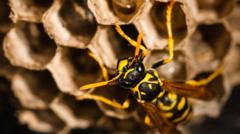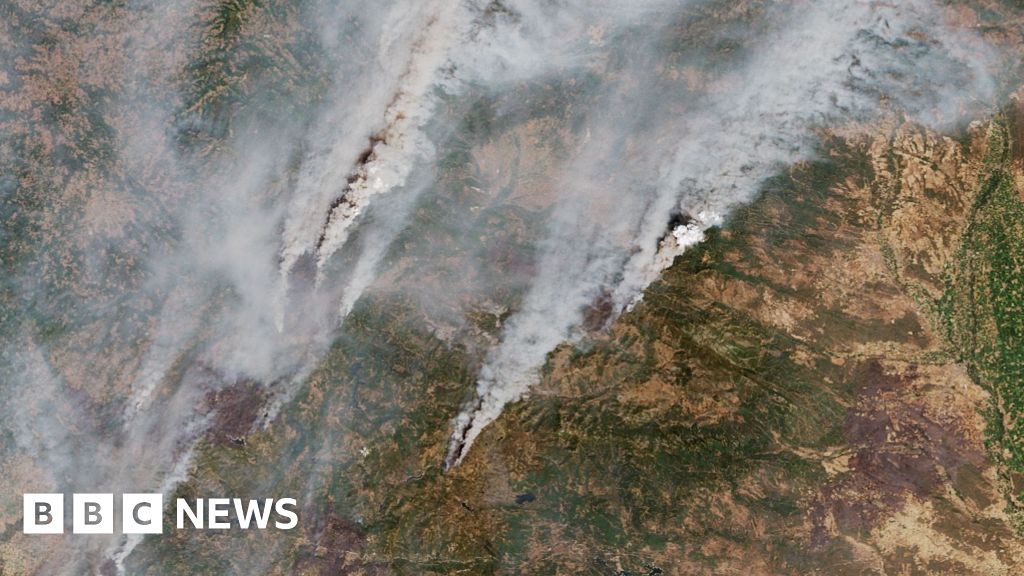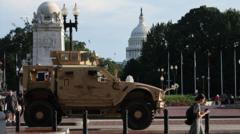A radioactive wasp nest with radiation levels surpassing ten times the allowable limits was uncovered at the Savannah River Site (SRS), a facility in South Carolina historically linked to the production of parts for U.S. nuclear weapons, federal authorities reported. A U.S. Department of Energy document released last week indicated that the nest was sprayed to eliminate the wasps and subsequently bagged as radiological waste. Fortunately, no wasps were present at the location at the time of discovery.
The nest was identified by workers conducting routine inspections for nuclear radiation on July 3, near the site where millions of gallons of liquid nuclear waste are stored. Officials stated that this incident does not relate to leaks from these storage tanks, asserting there has been no adverse effect on the environment or public safety.
Environmental advocates have voiced frustrations over the government's management of the matter. Investigators traced the source of the nest's high radiation levels to “onsite legacy radioactive contamination,” which refers to the residual radioactivity from the site's operations during the Cold War when it produced plutonium components for nuclear weapons. While SRS is still operational, its current activities primarily involve nuclear materials for power generation.
The Department of Energy clarified that the wasps inhabiting the nest likely had lower radiation levels than the nest itself and typically only travel a short distance from their nests. The hazardous nest was found amid the sprawling 310-square-mile Savannah River Site, significantly minimizing the likelihood of wasps contaminating areas beyond the facility.
In reaction, Savannah River Site Watch, a group monitoring the site, expressed concern over the lack of clarity regarding the origins of the radioactive waste involved. Spokesman Tom Clements expressed dissatisfaction over the incident, questioning potential leaks from the waste tanks that may pose risks warranting public awareness. The site previously handled over 165 million gallons of nuclear waste and continues managing 43 underground tanks, with eight closed.





















